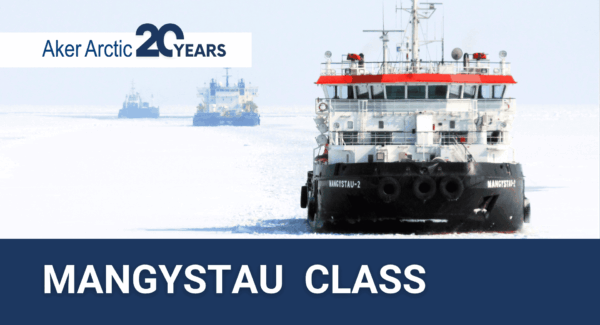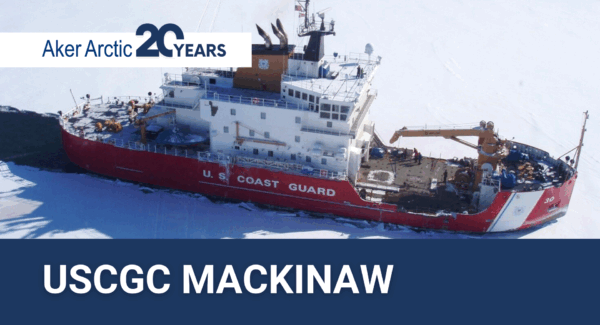Twenty years of icebreaking expertise
Over the past two decades, Aker Arctic has designed and developed proven concepts for 59 built vessels in our highly specialised segment. These vessels are capable of independently breaking ice and operating in freezing regions, underscoring the company’s unparalleled expertise in this niche.
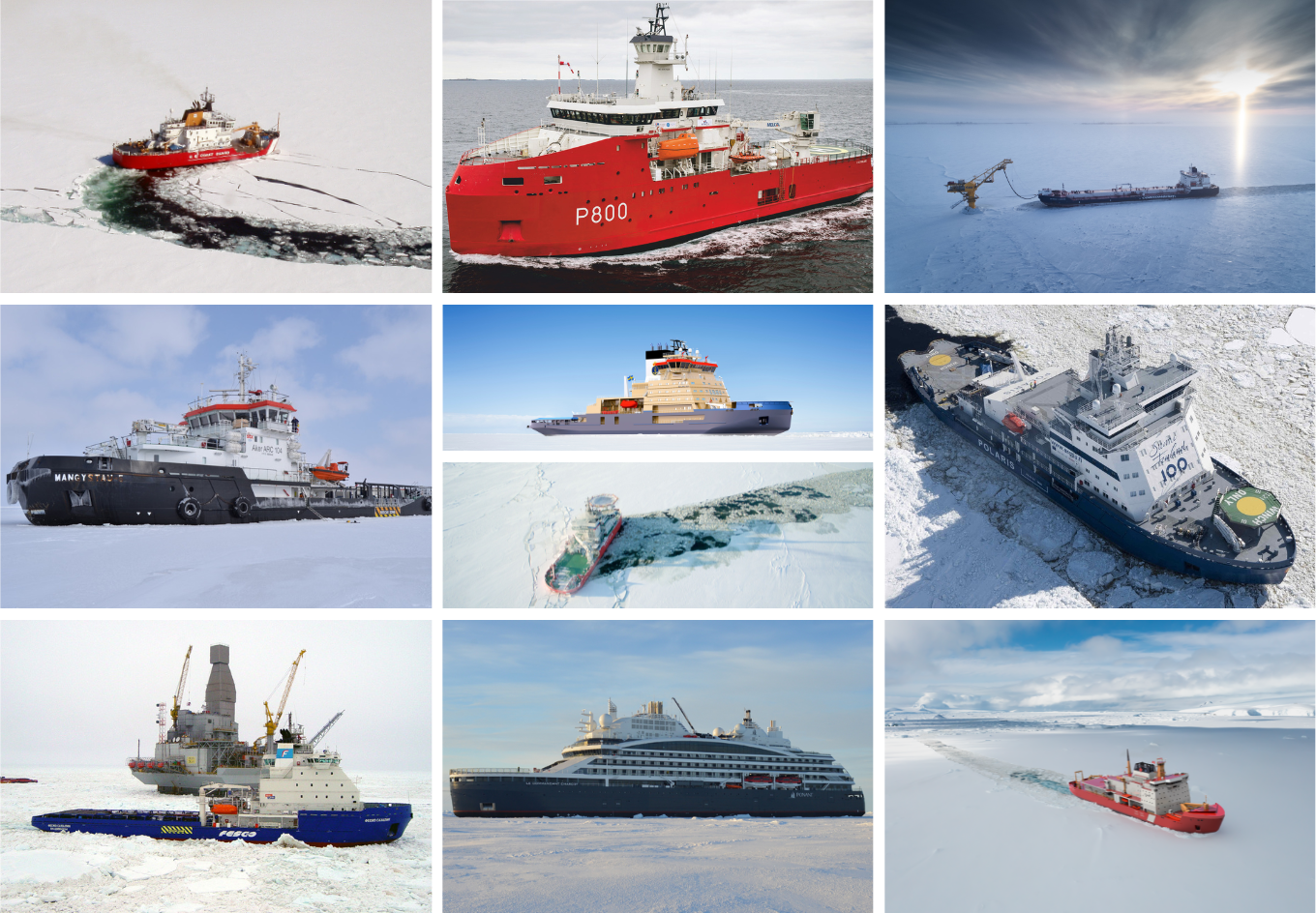
The company’s model testing background traces back to the late 1960s when Exxon Mobile’s tanker the SS Manhattan was modified for the Northwest Passage with the assistance of the Finnish shipbuilding company Wärtsilä, renowned for its icebreaking experience. This pivotal milestone in Arctic shipping sparked the idea of creating an ice model basin in Finland to evaluate the performance of ice-capable vessels.
The Wärtsilä Icebreaking Model Basin (WIMB) was inaugurated in 1969, laying the foundation for Finland’s cutting-edge ice expertise. Fourteen years later, a new facility was built and named the Wärtsilä Arctic Research Centre (WARC), serving also universities and research institutions alongside the shipbuilding industry. Although ownership and the name of the research centre evolved over time, its core functions remained steadfast.
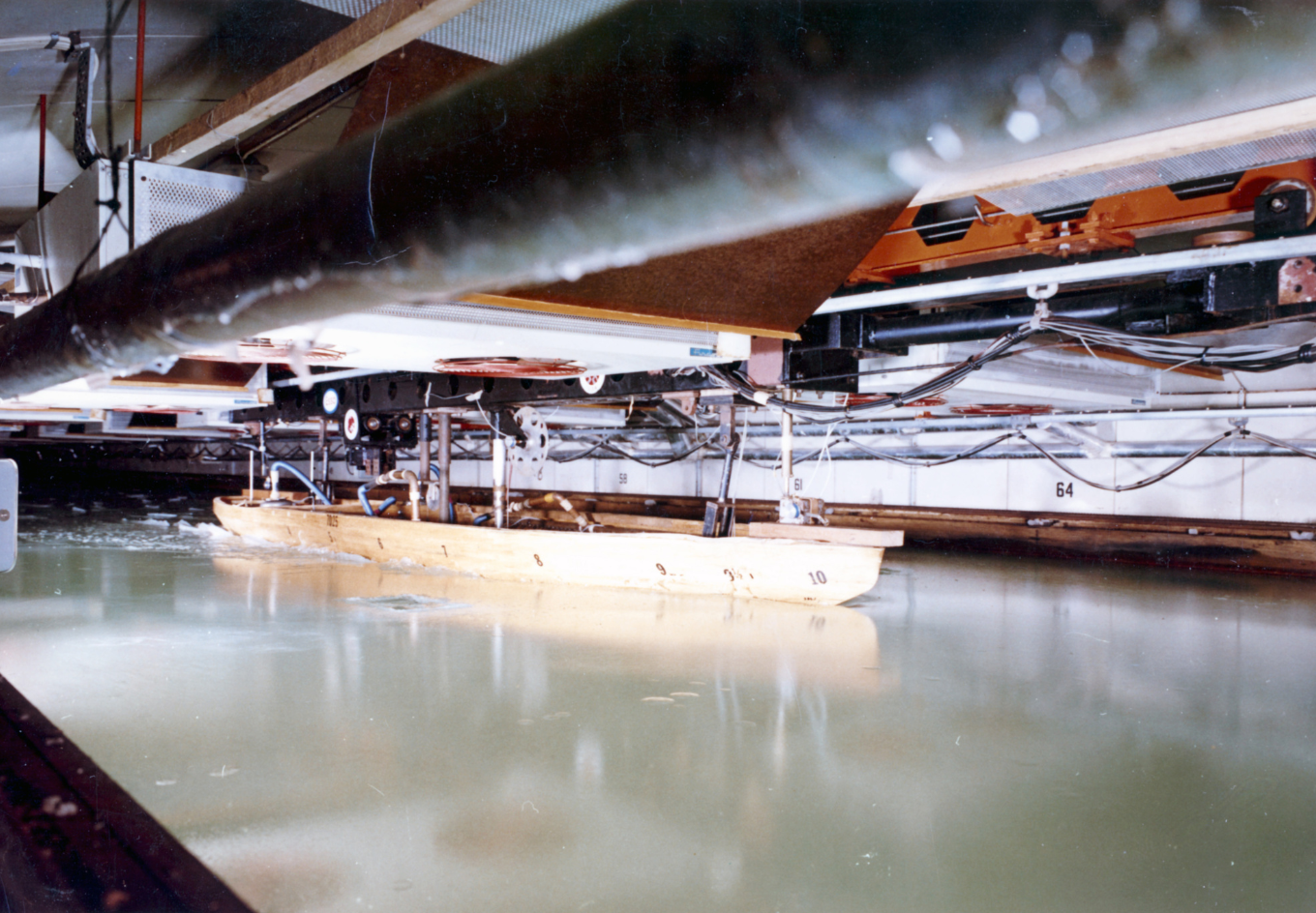
Turbulent times
The 1990s brought challenges, including the dissolution of the Soviet Union and the end of long-running joint projects. However, renewed interest from Western oil companies in Arctic oil and gas reserves created demand for Finnish ice expertise. During this period, a new kind of electric azimuthing propulsion unit — Azipod® was developed in Finland. This in turn led to the revolutionary Double-Acting Ship concept (DAS™) invented for ice navigation.
A historical moment for Aker Arctic came when Aker Group acquired ownership and separated the ice technology expertise from Aker Yards Helsinki shipyard, establishing a new dedicated research facility in Vuosaari, Helsinki.
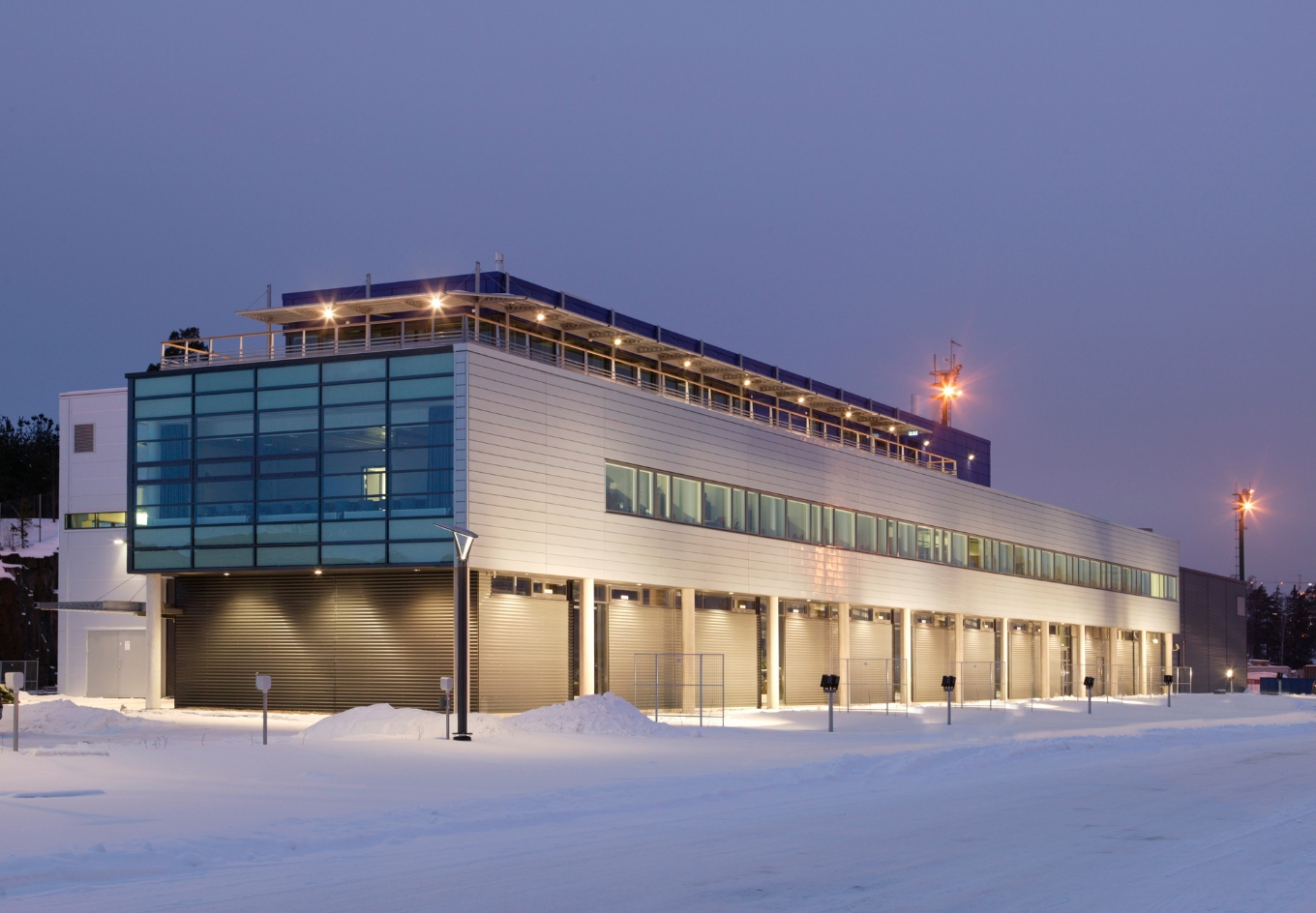
Mikko Niini, managing director for Aker Arctic from 2005 to 2014, underlines the foundational role played by the original owners Aker Group, Wärtsilä, and ABB, in supporting to shape the company’s successful identity.
“They trusted our expertise and helped us establish ourselves as an independent global ice partner, enabling us to engage with international clients,” Niini says. “Our first complete ship design project, an Arctic container ship, included an extraordinary clause that allowed the client to cancel the order if ice performance targets were not met. This successful reference was a game-changer.”
Technical excellence from the start
Niini also credits the initial team, comprising experts from the Arctic Research Centre and seasoned designers from Helsinki Shipyard, with ensuring the company’s technical excellence from the outset.
According to Niini, developing new technology and new operations jointly with the owners was key in the growth process, mentioning the DAS™ principle and the vision of Arctic liquefied natural gas (LNG) tankers as examples. He also remarks on the oblique icebreaker as a special design project, which showed that even the wildest innovations can become successful.
“Overall, all our successes were the result of cooperation; with the owner, with the customers, and with the shipyards constructing the vessels.”

Strategic growth
Reko-Antti Suojanen, managing director from 2014 to 2024, highlights the company’s strategic decision to remain focused on icebreaking ships, while expanding services from model testing and consultancy to complete ship design projects.
“This required recruiting more experts and systematically developing our portfolio of services for icebreaking and ice-strengthened vessels,” Suojanen explains.
Innovative milestones
Suojanen reflects on several pioneering projects that defined the company’s first decades and gave way to new innovations and business areas.
The development of 300-metre Arctic LNG tankers with groundbreaking features that enabled year-round Arctic operations set new standards for the industry. The project evolved through collaboration with end customers, equipment suppliers, and constructing shipyards.
“The Arctic module carriers were exceptional with their high Polar Class 3 ice class and traditional shaftline propulsion,” Suojanen says. “This opened the need for Arctic propellers, which relied on our engineering expertise, and was a new market segment for Aker Arctic. Many successful propulsion deliveries have been made since.”
The Finnish icebreaker Polaris, designed by Aker Arctic and built in Finland, showcased innovative features, including a third azimuthing main propulsion unit in the bow and LNG fuel. The project was important from many aspects.
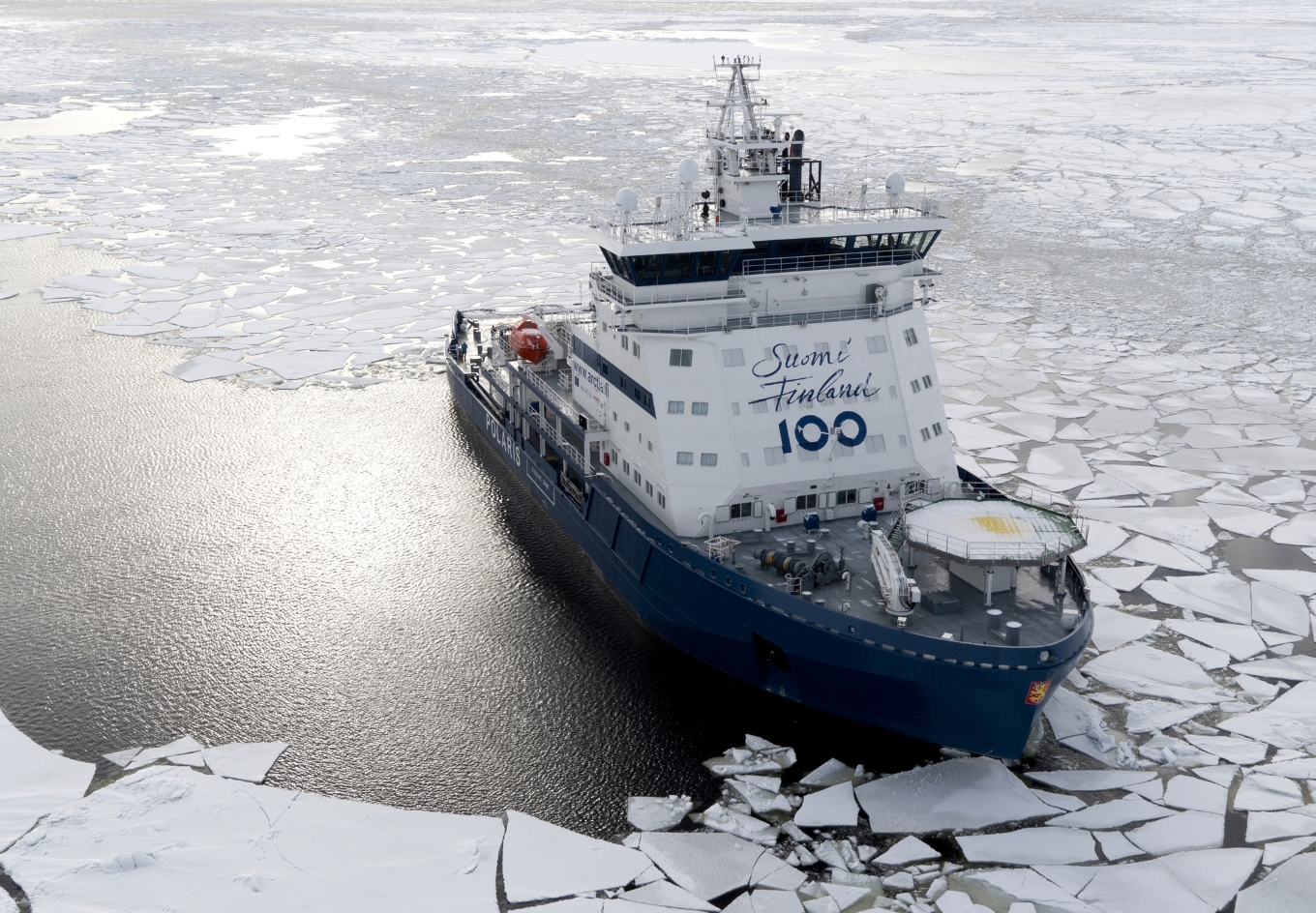
“Using LNG as fuel in icebreaking was a novelty together with the triple-azimuth propulsion configuration, allowing significantly improved manoeuvrability and efficiency in both icebreaking and assistance work,” Suojanen notes. “Also, the vessel was built at Arctech Helsinki Shipyard, with its close ties to Aker Arctic, proving yet again the well-functioning cooperation between the designer and the Finnish shipyards.”
Delivering on promises
Recent highlights include designing Canada’s new Polar Icebreaker and Multi-Purpose Vessels (MPVs), featuring cutting-edge technologies such as the Ice Load Monitoring System for real-time structural load analysis in ice-covered waters.
“Le Commandant Charcot, the combination of a heavy icebreaker with a luxury exploration cruise ship, was an extremely interesting engineering project. It has proven highly successful, offering safe travelling to remote areas in the Arctic, Antarctica, and Greenland,” Suojanen adds.
“Aker Arctic has earned a strong reputation for its deep expertise, inspiring confidence in its ability to deliver on promises.”
Model testing continues
In addition to advanced ship design projects, Aker Arctic has maintained its commitment to model testing for 56 years. The current ice basin, inaugurated in 2006, is located in the same building as the main office in Helsinki.
“The ice and the testing techniques are continually updated with the latest technology and uses state-of-the-art computers, instruments, and equipment for the model tests. For example, autonomous models were introduced some years ago,” Suojanen notes.

Adapting to change
The geopolitical shift, following Russia’s invasion of Ukraine in 2022, prompted Aker Arctic to cease all activities with Russian customers and projects. The company strengthened its focus on likeminded international partners through initiatives, such as the ICE Pact signed by Canada, Finland, and the United States in November 2024.
Mika Hovilainen, managing director since 2024, emphasises the company’s forward-looking vision:
“We will continue to advance our expertise and leadership in the icebreaking sector by developing solutions that utilise our extensive experience and meet customer expectations.”
Today, Aker Arctic is the only organisation in the world specialising exclusively in icebreaking vessels. With a team of 56 employees and a turnover of over 15M € (2024), it continues to lead in innovation and technological advancements.
Text by Catarina Stewen

